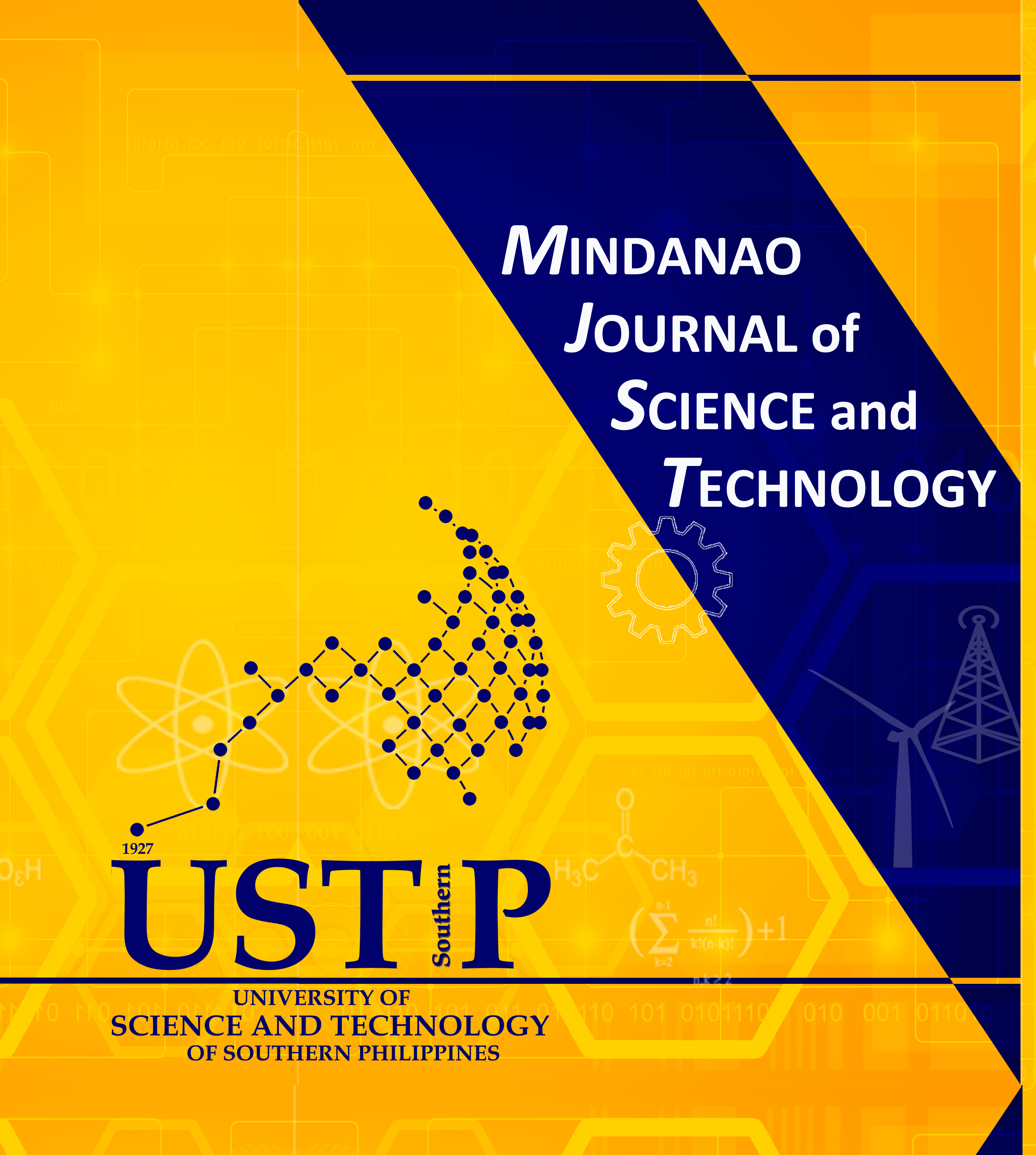Numerical Analysis of Algebraic Flux Model using OpenFOAM in Differentially-heated Cavity Configurations
Keywords:
algebraic flux model, RANS, turbulent heat flux, turbulent natural convectionAbstract
The analysis of the turbulent natural convection is mathematically described by the equations of conservation of mass, energy and momentum. Closing these equations requires modeling turbulent momentum stress and turbulent heat flux using the k-omega Shear Stress Transport Model and Algebraic Flux Model (AFM), respectively. The Reynolds Averaged Navier-Stokes (RANS) methodological setup for an incompressible buoyancy-driven flow has a great potential in modeling the oxide layer of corium for the improvement of in-vessel melt retention-severe accident management guidelines (IVR-SAMG). However, the procedure also requires validation study from experimental data that also exhibit similar flow and thermal behavior. This paper presents the modeling of natural convection in a differentially-heated cavity configuration using standard turbulent heat flux approaches and modified AFM versions using OpenFOAM – an open-source C++-based software. Results showed an improvement of near-wall behavior with up to the thermal boundary thickness of 0.2 m from the heated wall by using AFM as compared with other approaches. Also, sensitivity analysis at varying coefficients in AFM was performed to assess its contribution to heat and fluid phenomena. It was demonstrated that the production term due to the non-uniformity of mean thermal field was highly sensitive up to a factor of 0.60 for buoyant and stratified conditions when AFM was incorporated in RANS approach.










